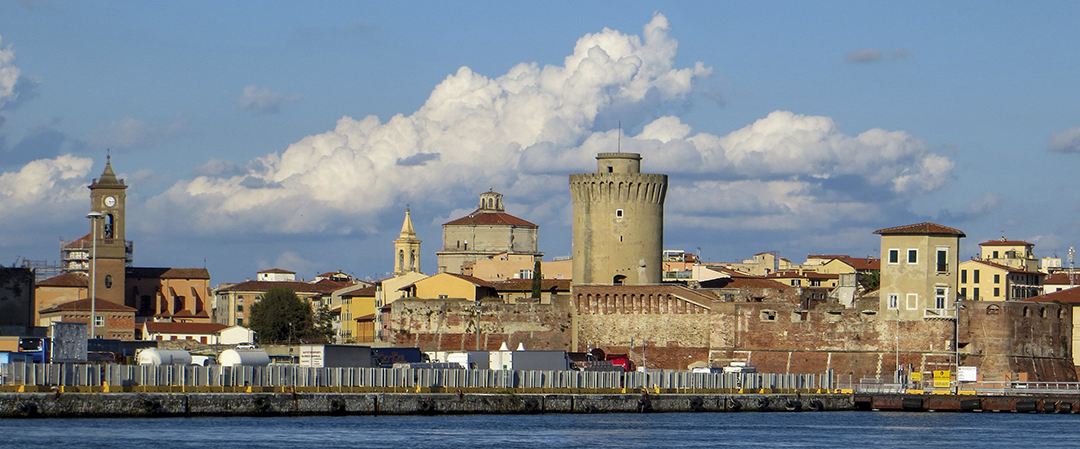Case study | Smart City: Livorno

SENSORS
57
GATEWAYS
193
LIGHT POINTS
16.075
Livorno is the third largest city in Tuscany by population, and is one of the most
important Italian commercial and tourist ports.
It has been one of the first Italian cities that, thanks to the support of Enea, the National Agency for New Technologies and Energy and Sustainable Development, embarked on the road to Smart modernization of public lighting.
With this aim, in addition to replacing existing lamps with new LED lamps, it decided to equip all the luminaires with a remote control node so that they would become smart poles. The whole project was led by a major ESCO.
Obiettivi
- Replace all street lamps in the city with LED lamps.
- Install remote control and remote management systems on each light pole.
- Implement the equipment with sensors capable of record data on traffic flows, parking spaces and CO2 emissions and other polluttants in the atmosphere.
- Create a network of the entire system using the PELL (Public Energy Living Lab) platform, developed by Enea.
Soluzione
In order to meet the objective of having a Smart City that communicates throughout the whole city, a mesh topology network has been used with the frequency at 2.4 GHz.
To control the luminaires it has been used the P5-IS2 internal node, placed in the lamps by the manufacturer, with a low profile antenna. It allowed to
install a node also in the artistic lamps that have been kept.
The gateway kit consists of the RIO-ETH module, connected via 4G to the SW platform, and RIO-CRD for communication with the luminaires. To meet the customer’s requirements, an RIO-IOA for remote panel automation, a 3-phase power meter to measure the line power/energy and 3 amperometric transformers to detect the line current were also added.
Sensors for adaptive lighting have been installed, with FAI cameras to manage the lighting of specific sections of street and motion sensors to detect people near to the pedestrian crossings lines.
The Auge-G4 SW was offered to manage the remote control system.
At the specific request of the ESCO, the SW was interfaced via API to the management platform already in use.


